Optimal Seasons for Land Clearing
Land clearing involves removing trees, brush, and other obstacles to prepare a site for construction, agriculture, or development. The timing of land clearing can significantly impact project efficiency, costs, and safety. Proper planning ensures that the process aligns with seasonal weather patterns and environmental conditions.
Spring offers moderate weather and longer daylight hours, making it suitable for land clearing projects. Dry conditions reduce the risk of equipment getting stuck, and soil is often easier to work with after winter.
Summer can be challenging due to higher temperatures and increased rainfall, which may cause delays. However, early summer can be ideal if the weather remains dry, facilitating faster work.
Fall provides cooler temperatures and less rain, creating favorable conditions for land clearing. It also allows for project completion before winter sets in.
Winter is generally less suitable due to frozen ground, snow, and colder temperatures that hinder equipment operation and soil removal.
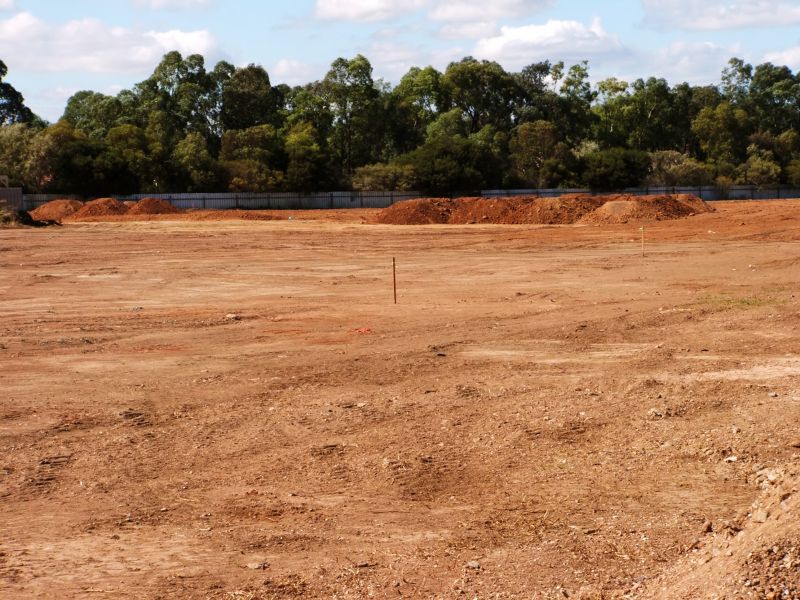
Ways to make Land Clearings work in tight or awkward layouts.
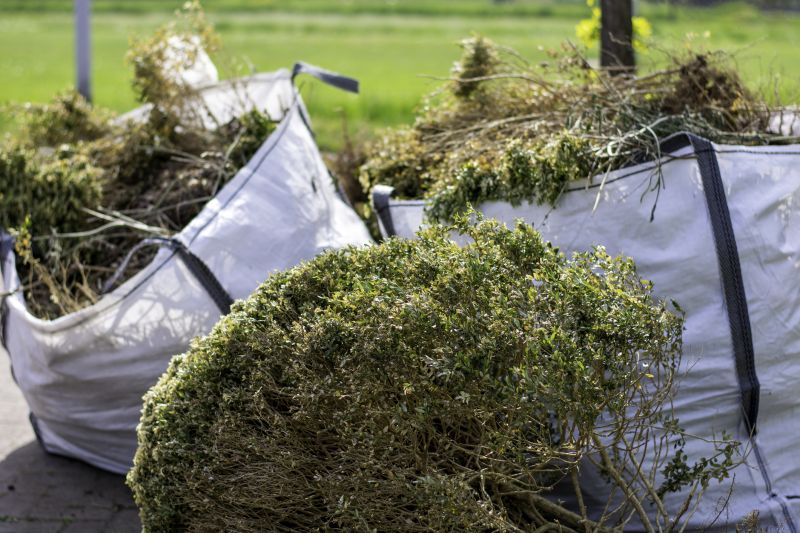
Popular materials for Land Clearings and why they hold up over time.
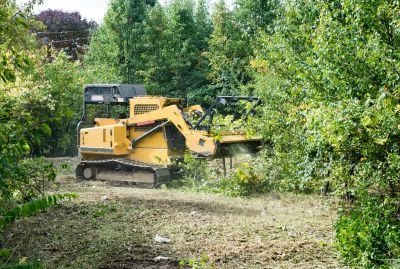
Simple add-ons that improve Land Clearings without blowing the budget.

High-end options that actually feel worth it for Land Clearings.
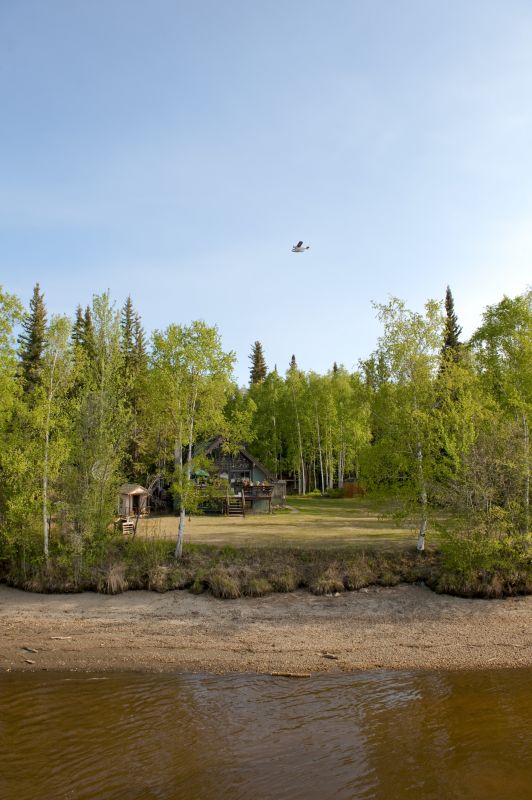
Finishes and colors that play nicely with Land Clearings.

Little measurements that prevent headaches on Land Clearings day.
| Season | Advantages |
|---|---|
| Spring | Moderate weather, longer daylight, soil conditions improve after winter. |
| Summer | Longer days, potential for early summer work if weather stays dry. |
| Fall | Cooler temperatures, less rain, ideal for completing projects. |
| Winter | Frozen ground and snow make land clearing difficult. |
Choosing the appropriate time for land clearing depends on seasonal weather patterns and project goals. Spring and fall generally offer the most favorable conditions for efficient and safe land removal activities. Proper timing can help minimize delays and reduce costs associated with weather-related disruptions.
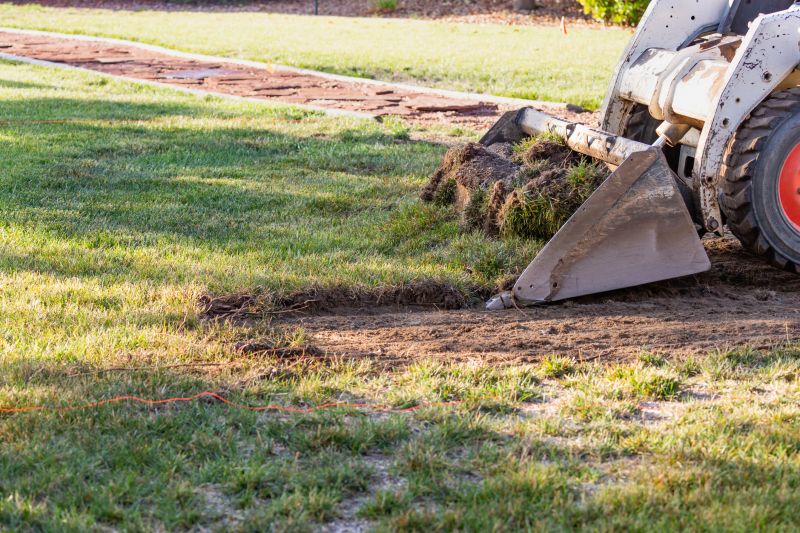
A 60-second routine that keeps Land Clearings looking new.
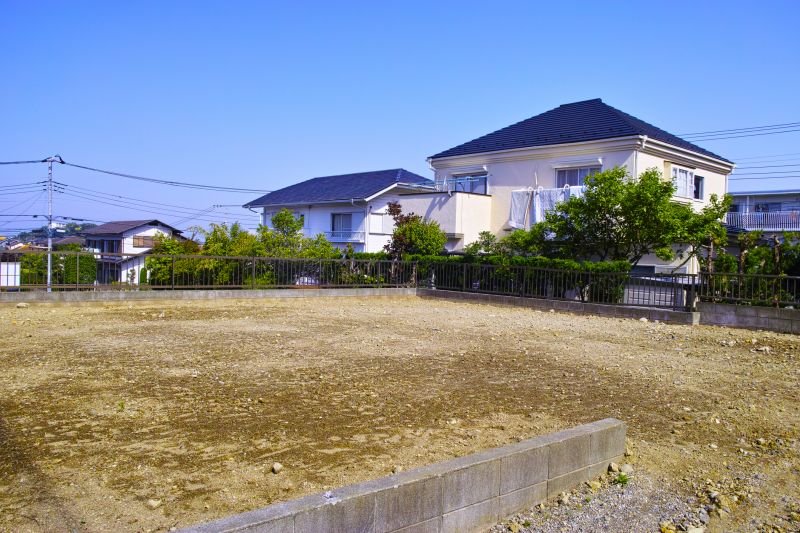
A frequent mistake in Land Clearings and how to dodge it.
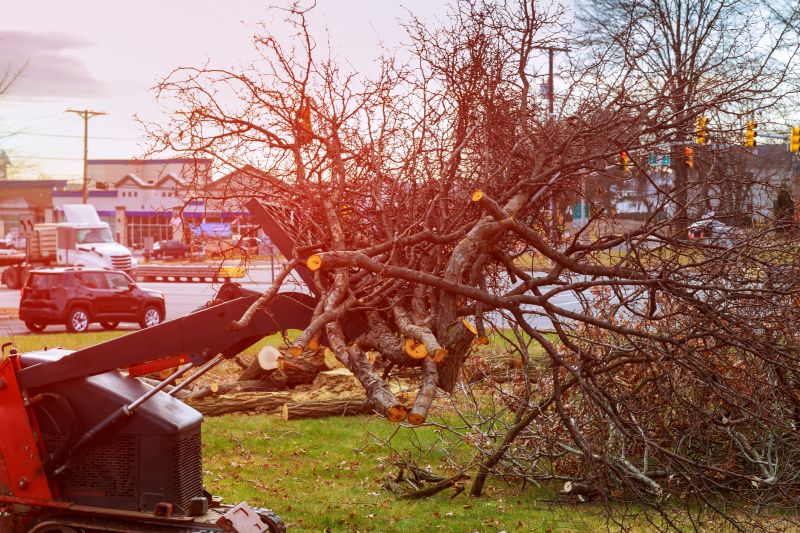
Small tweaks to make Land Clearings safer and easier to use.
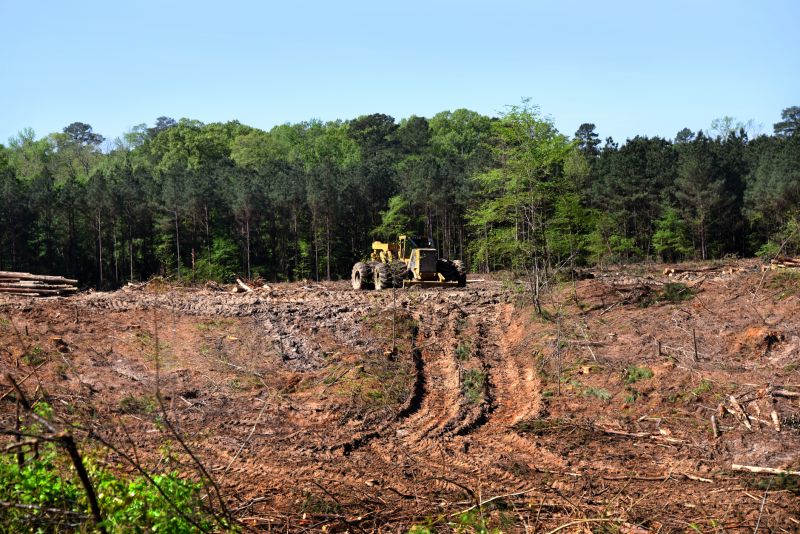
Lower-waste or water-saving choices for Land Clearings.

The short, realistic tool list for quality Land Clearings.
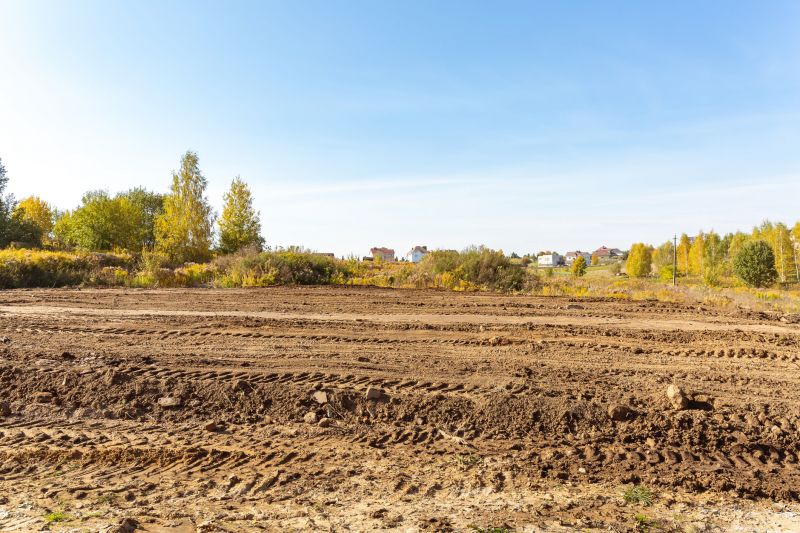
Rough timing from prep to clean-up for Land Clearings.
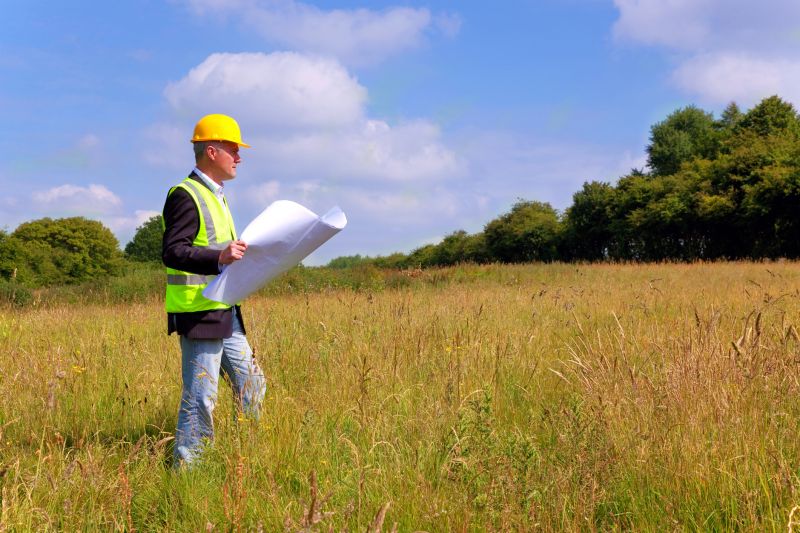
Quick checks and paperwork to keep after Land Clearings.

Examples that show the impact a good Land Clearings can make.

Ways to make Land Clearings work in tight or awkward layouts.
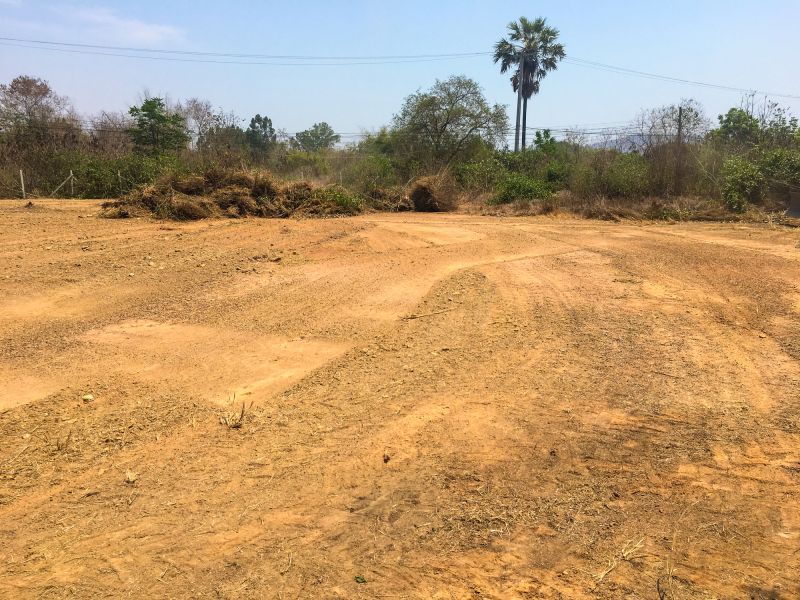
Ways to make Land Clearings work in tight or awkward layouts.

Ways to make Land Clearings work in tight or awkward layouts.

Ways to make Land Clearings work in tight or awkward layouts.
For those considering land clearing, understanding seasonal impacts can help optimize project timelines and outcomes. Contact for more information on scheduling land clearing activities to suit specific site conditions and project requirements.
